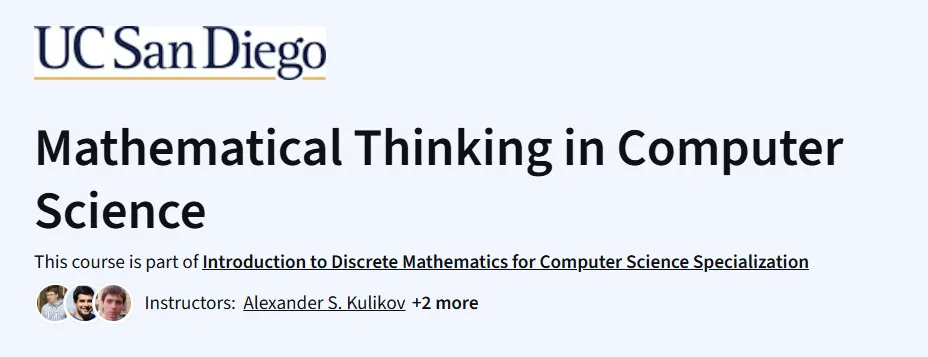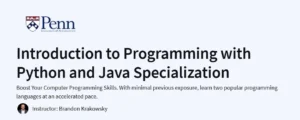What will you learn in Mathematical Thinking in Computer Science Course
Integrate technology effectively into TESOL classrooms without overshadowing language learning.
Explore trends in educational technology and strategies for implementing them.
Use digital tools and Learning Management Systems (LMS) to enhance lesson planning.
Engage students, including digital natives and non-natives, with interactive technologies.
Apply frameworks like TPACK (Technological Pedagogical Content Knowledge) to classroom practice.
Build confidence in overcoming fears of using technology and maintaining learner-focused outcomes.
Program Overview
Module 1: Overcoming Your Fears of Using Technology
⏳ 4 hours
Identify common technology challenges in teaching and strategies to overcome them.
Learn alignment, learner control, and outcomes-driven approaches.
Module 2: Enhancing Lesson Planning Using Technology
⏳ 4 hours
Explore LMS and nine categories of educational technology.
Apply events of instruction to select appropriate technology for lessons.
Module 3: Engaging Students Using Technology
⏳ 4 hours
Engage digital native and non-native students using interactive tools.
Learn strategies to increase motivation and participation.
Module 4: Transforming the Classroom Using Technology
⏳ 4 hours
Apply TPACK to integrate content, pedagogy, and technology.
Focus on transforming classroom interactions and learning experiences.
Modules 5–6
⏳ 4 hours each
Strategies for supporting collaborative learning and professional development networks.
Explore emerging technologies and continuous teacher growth through technology integration.
Get certificate
Job Outlook
Prepares learners for roles in TESOL teaching, instructional design, and educational technology.
Enhances ability to deliver engaging, technology-rich lessons across schools and language centers.
Equips teachers with skills for remote and hybrid teaching environments.
Knowledge of digital tools and pedagogical strategies improves employability in global TESOL contexts.
Specification: Mathematical Thinking in Computer Science
|





